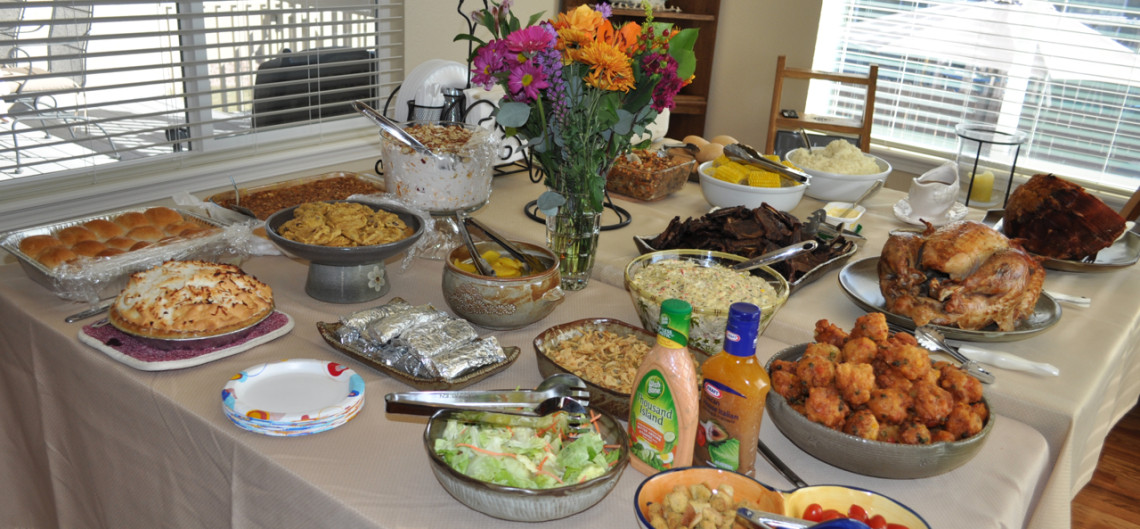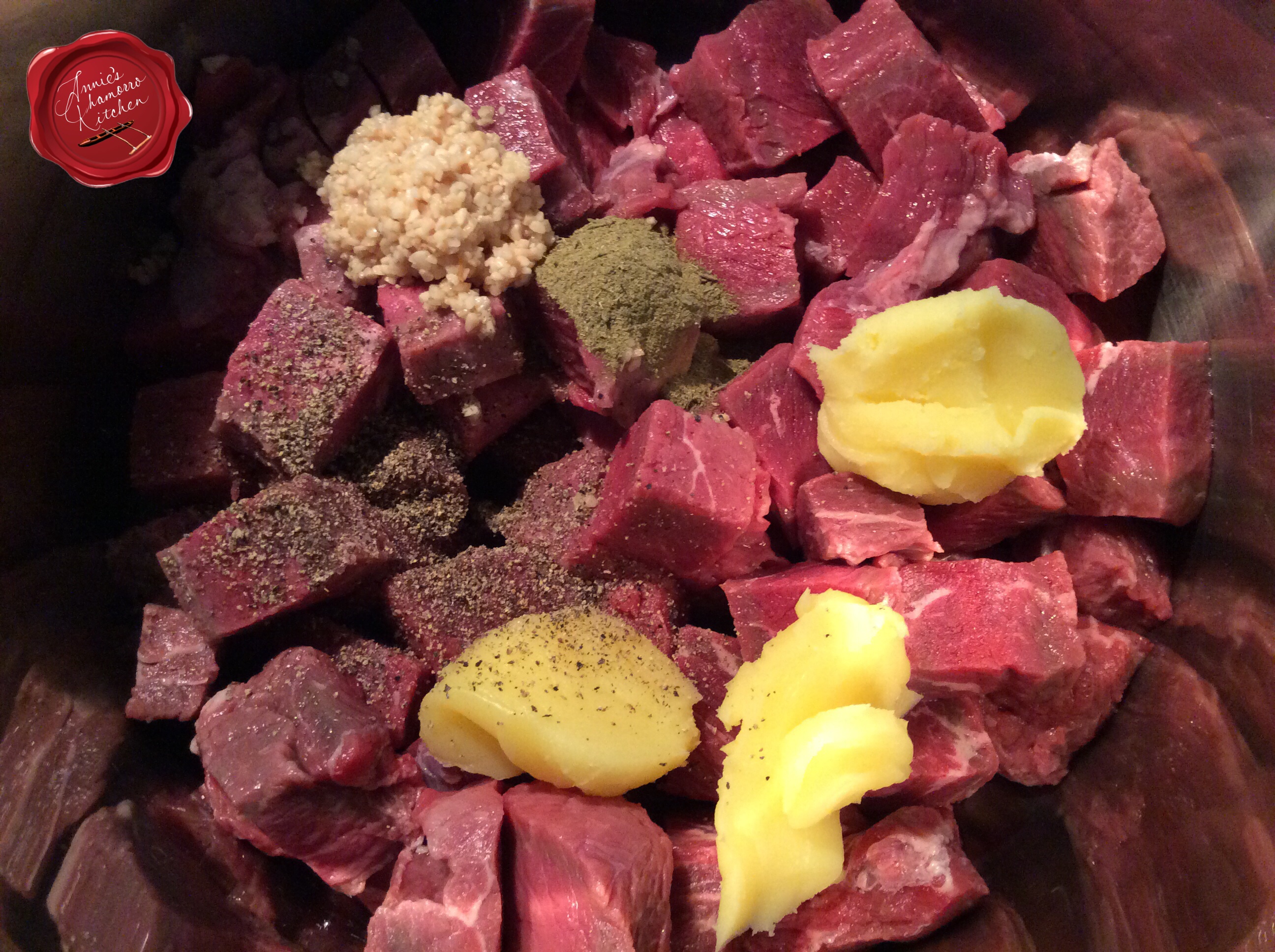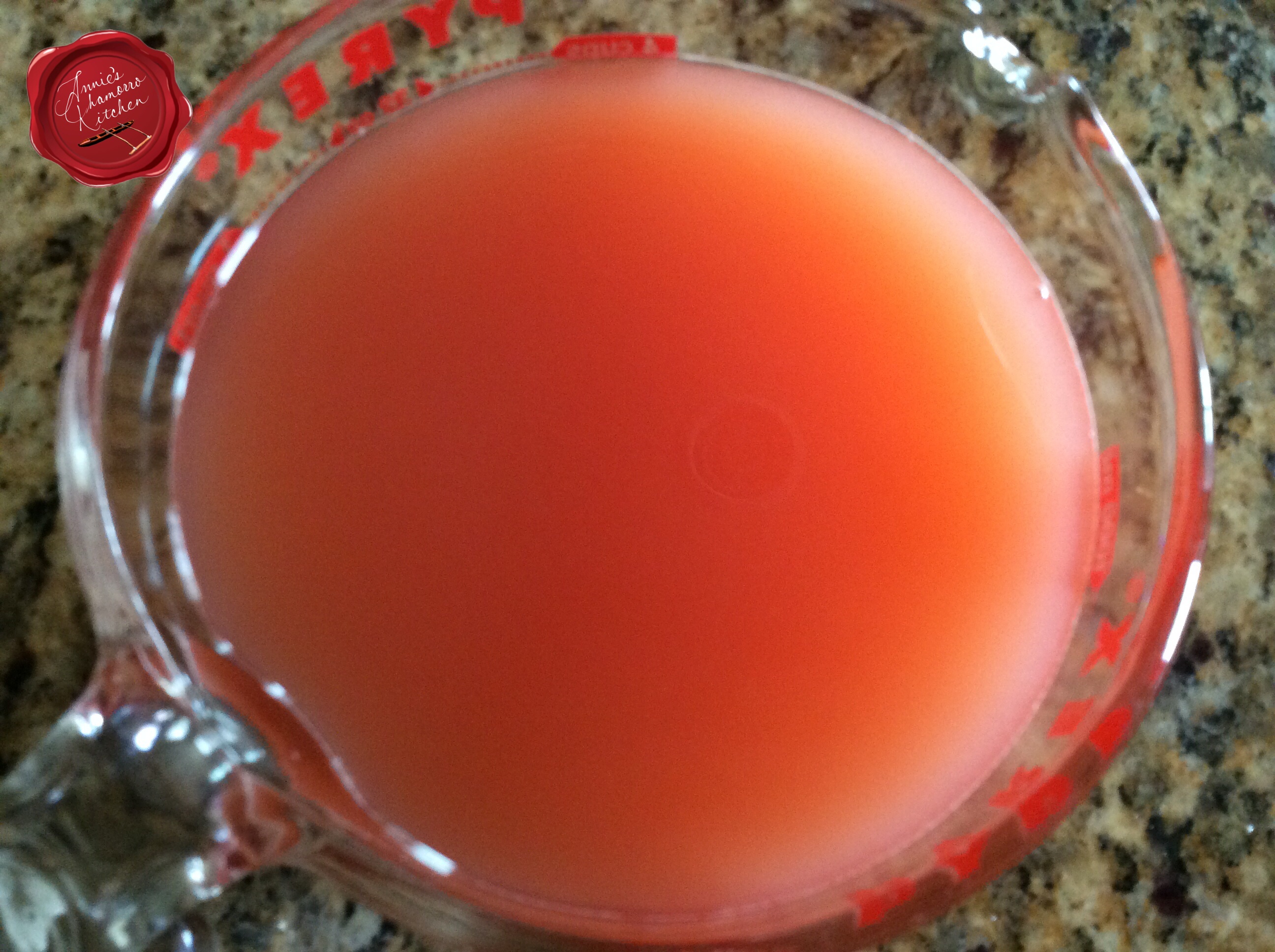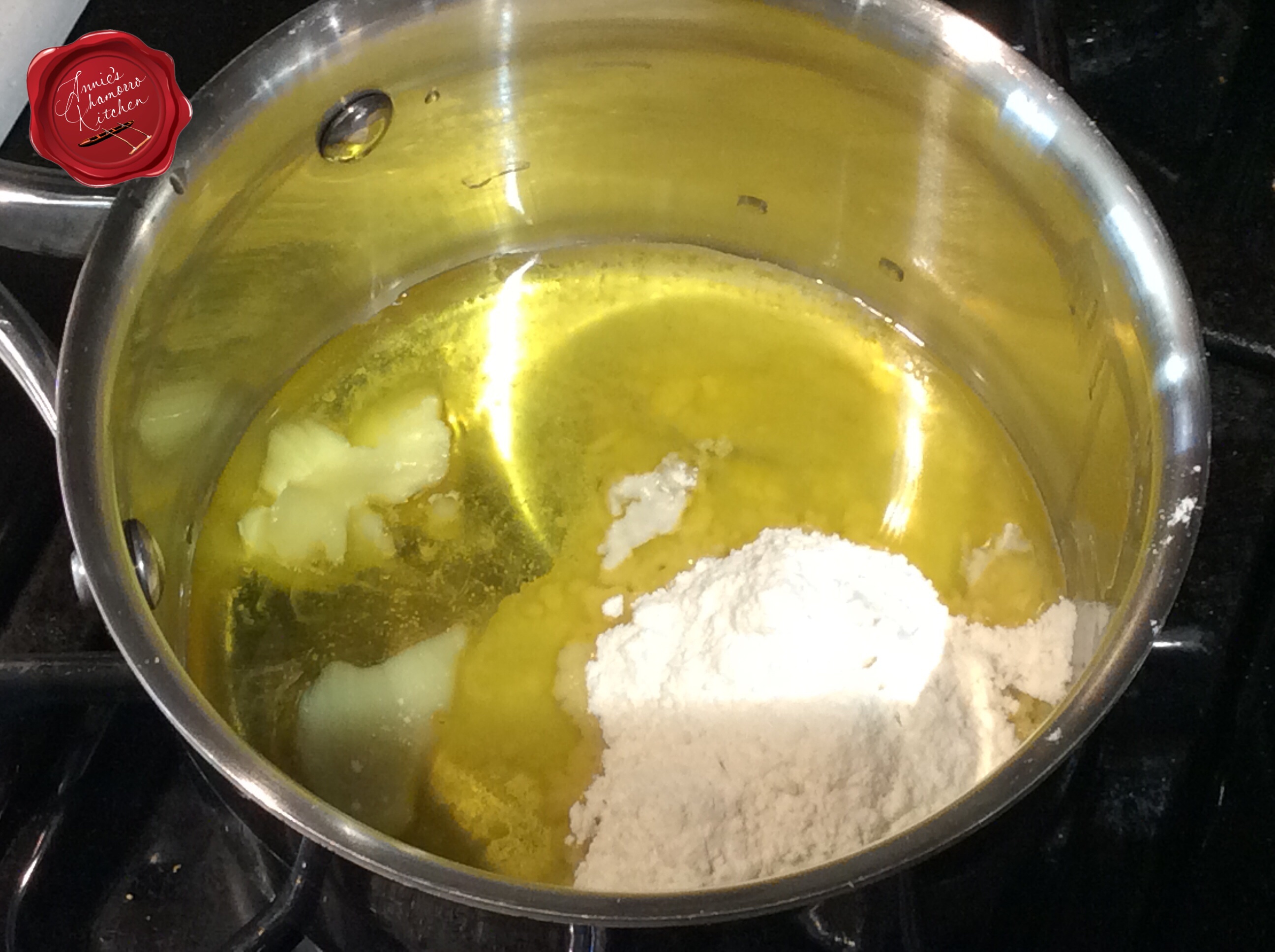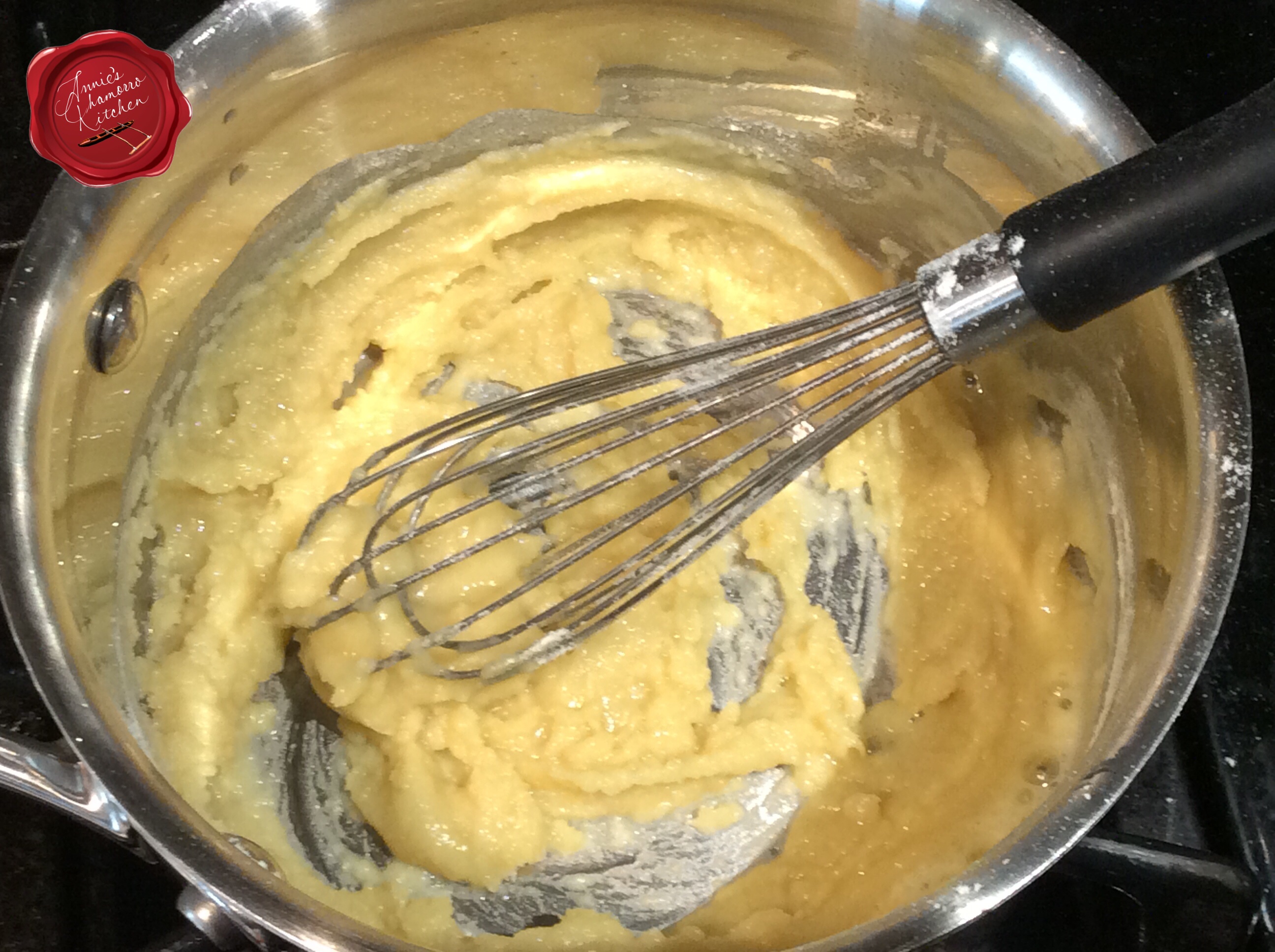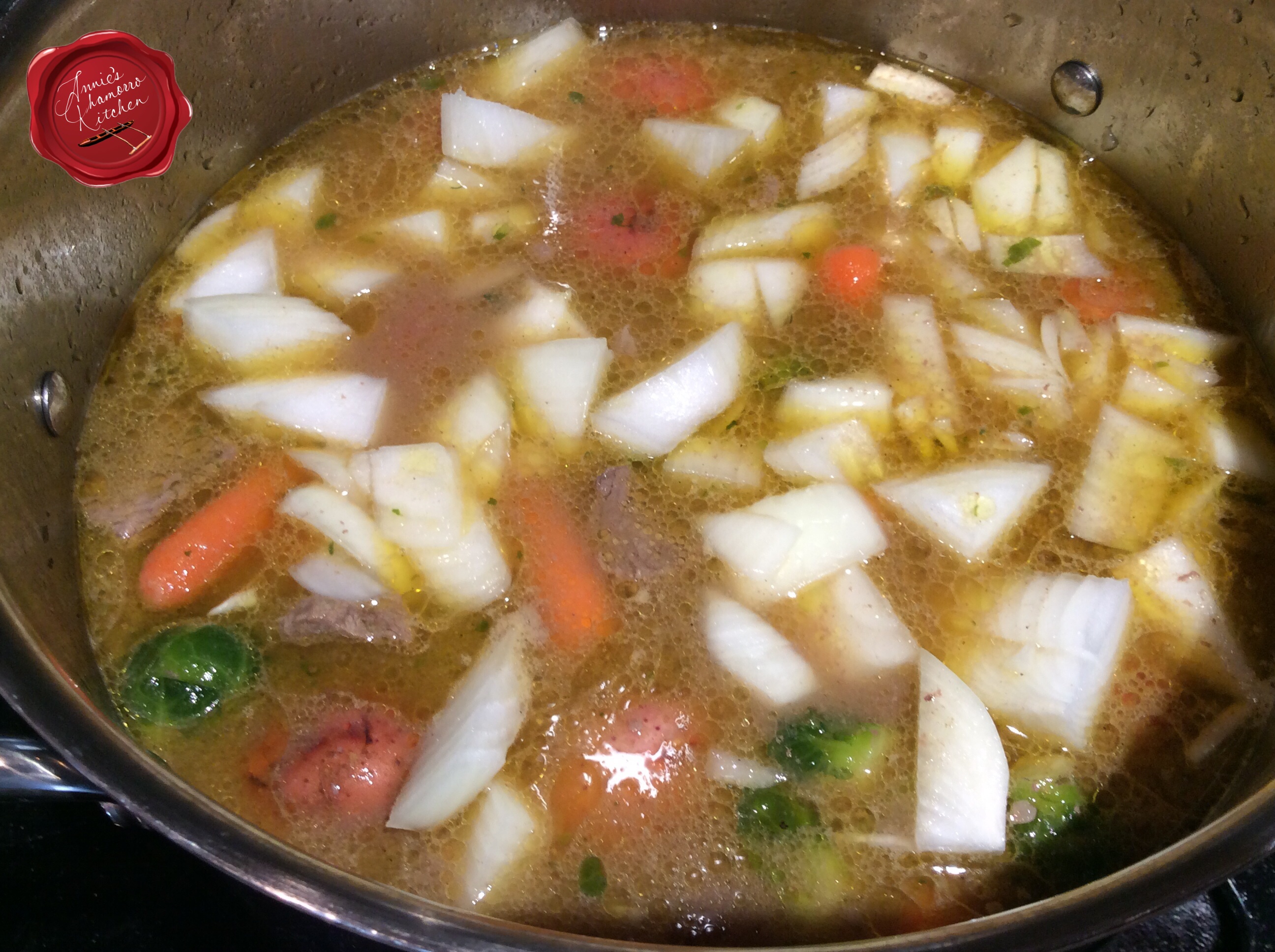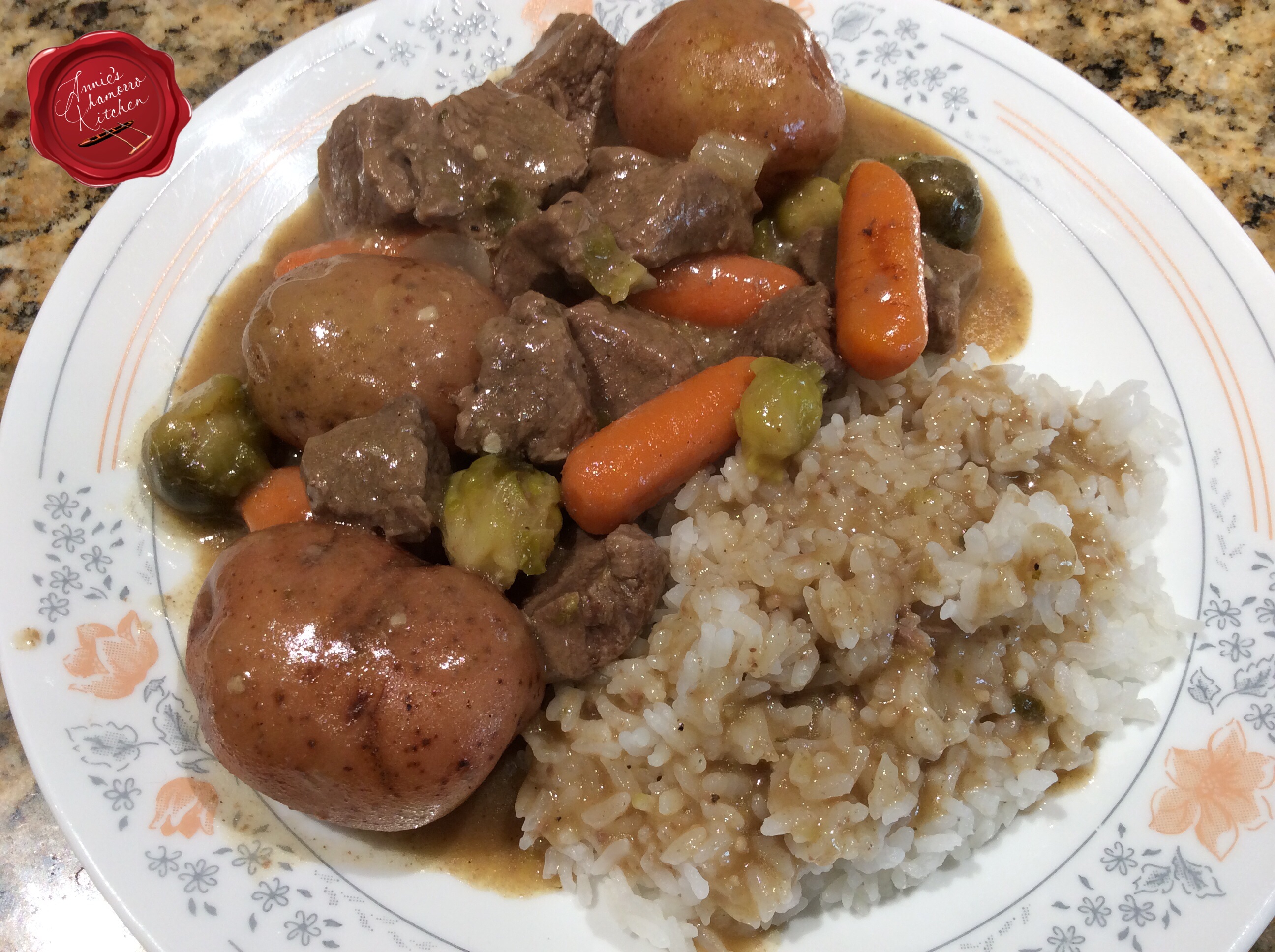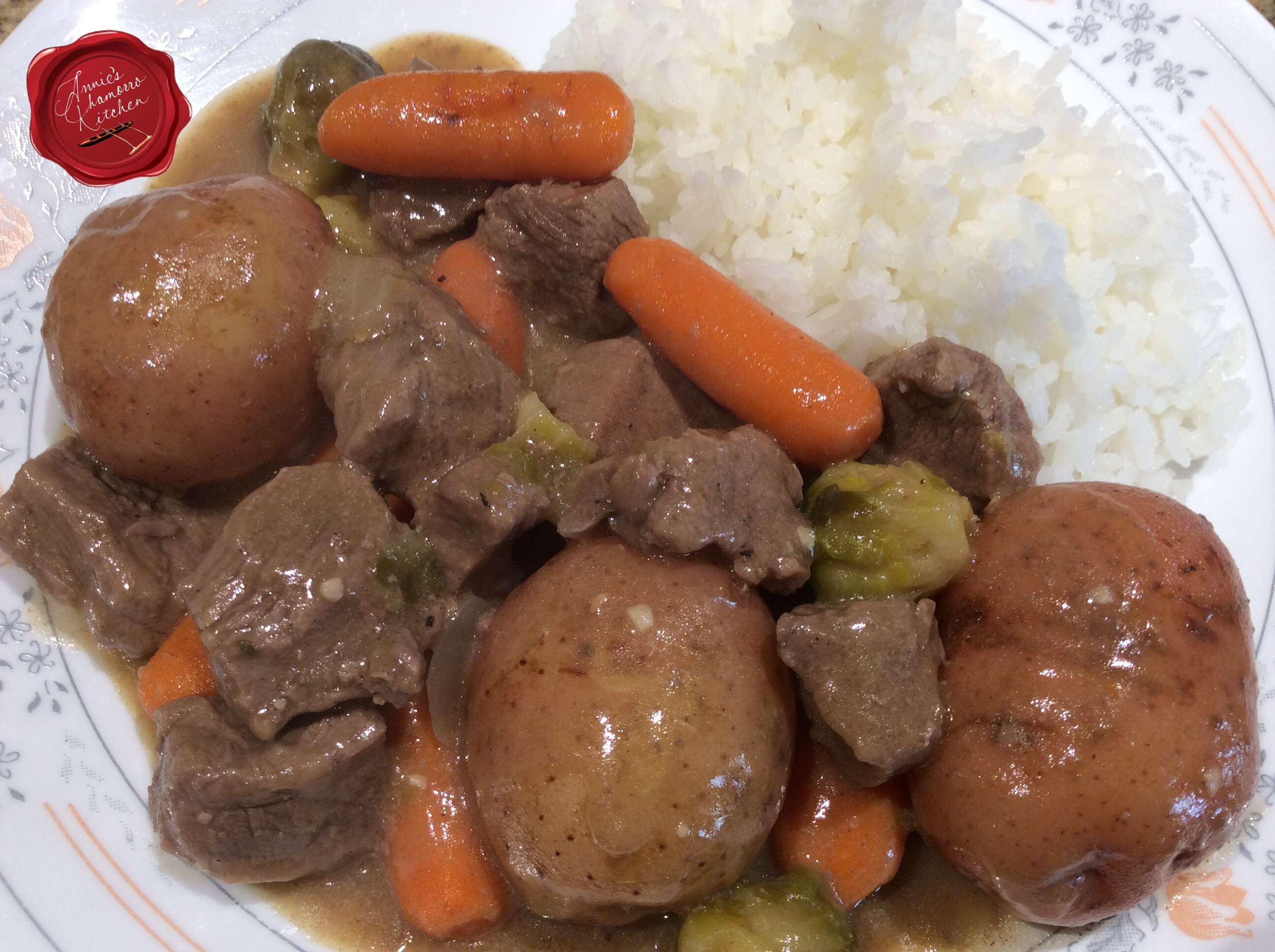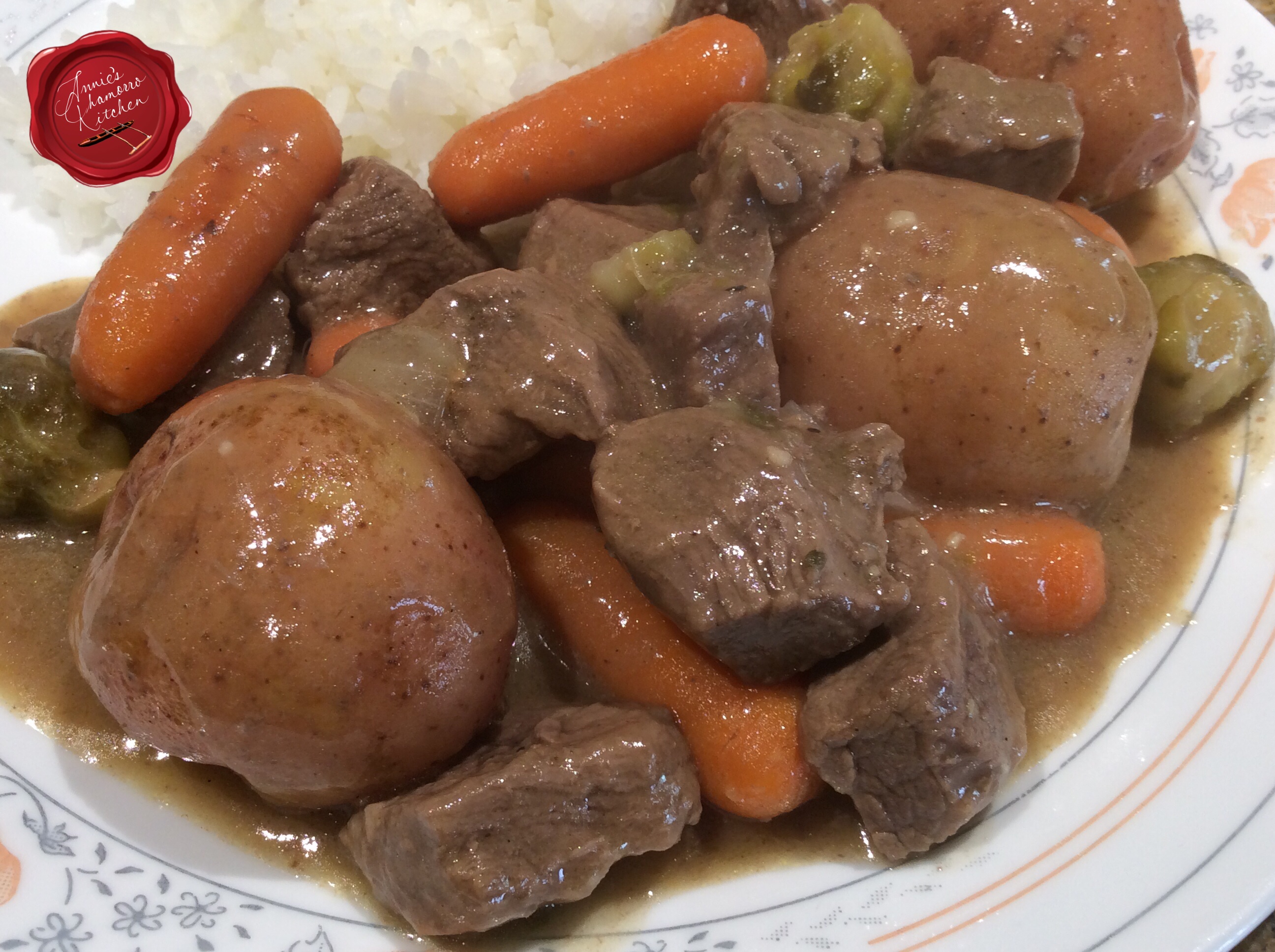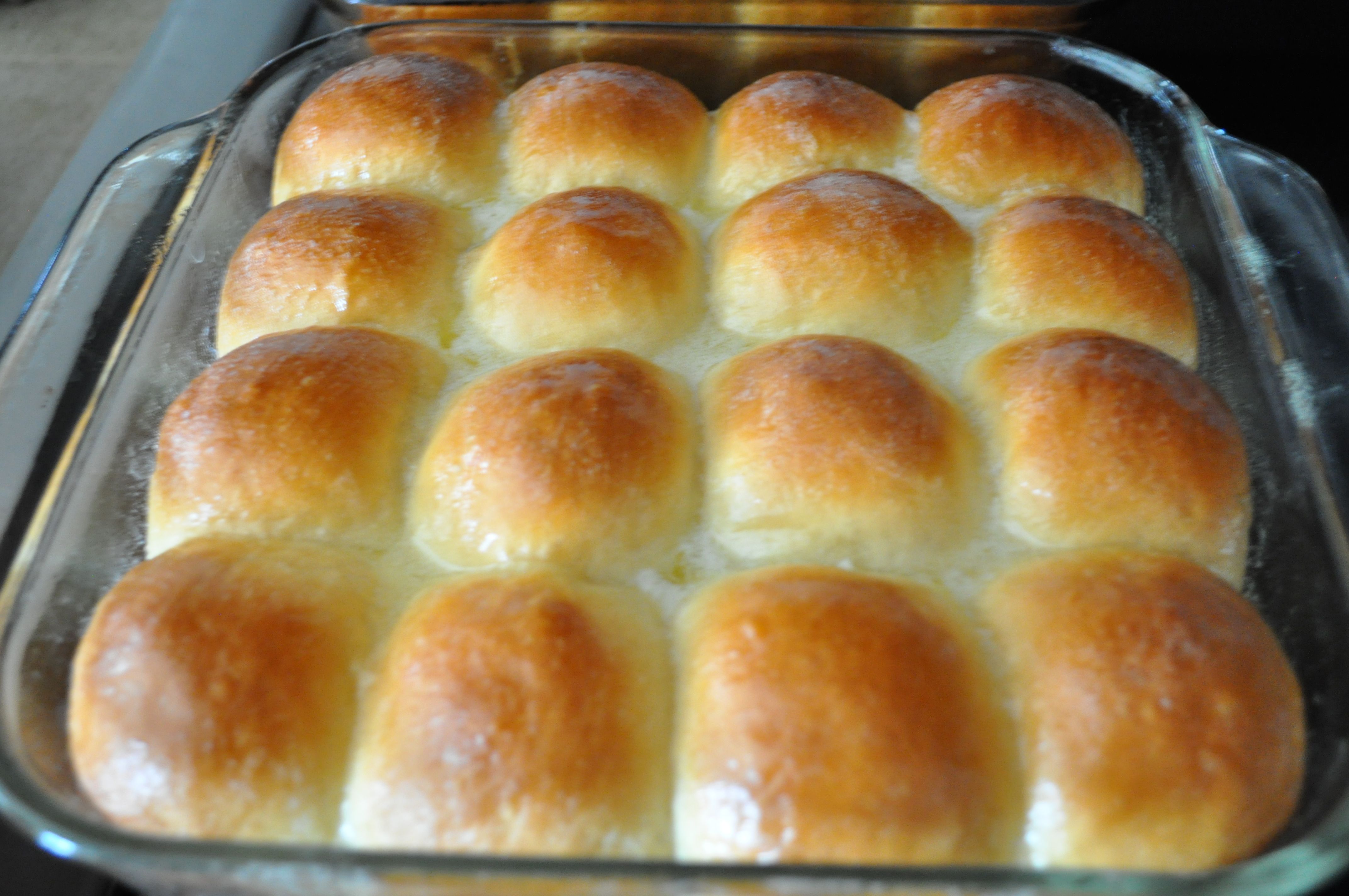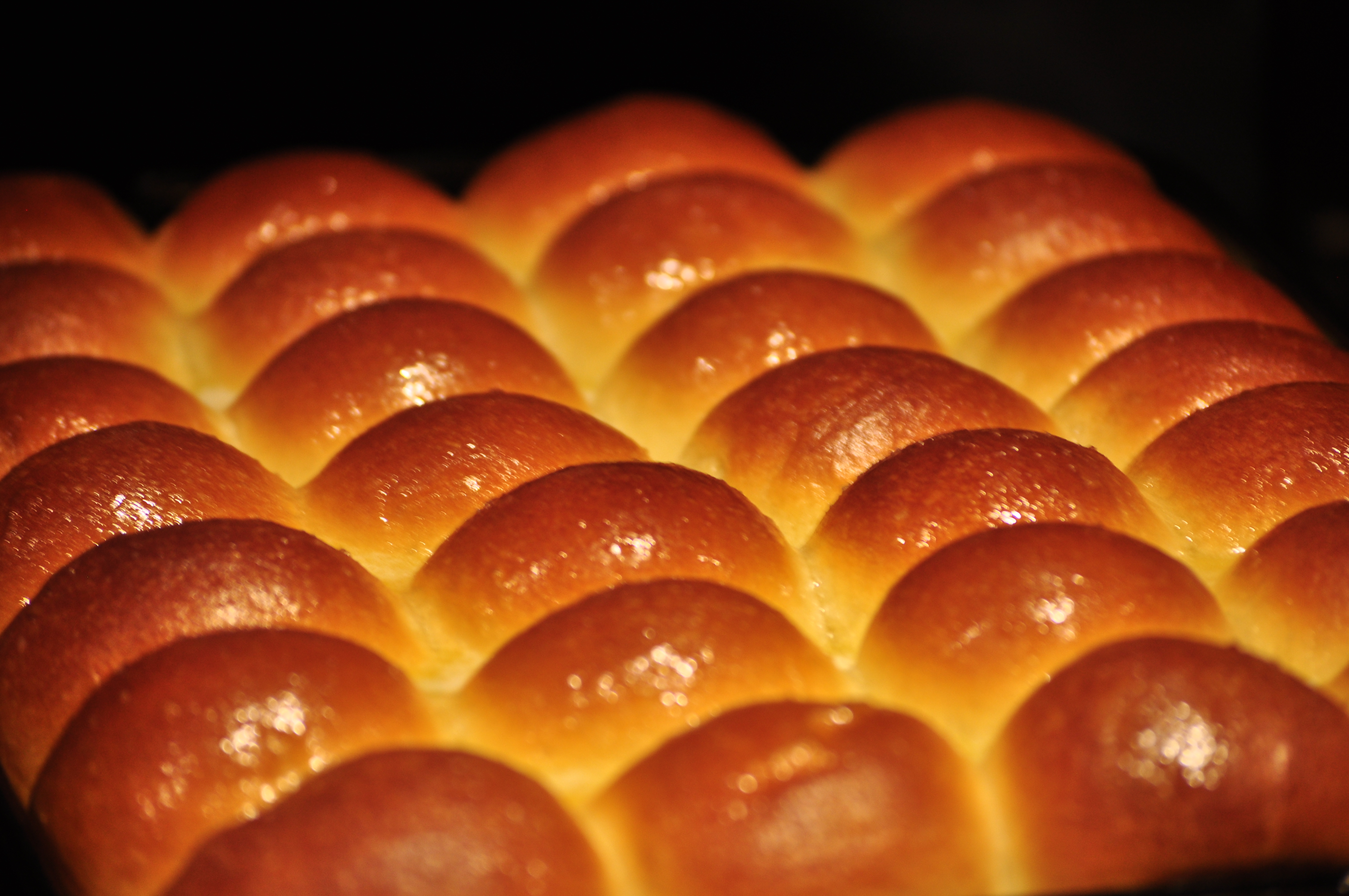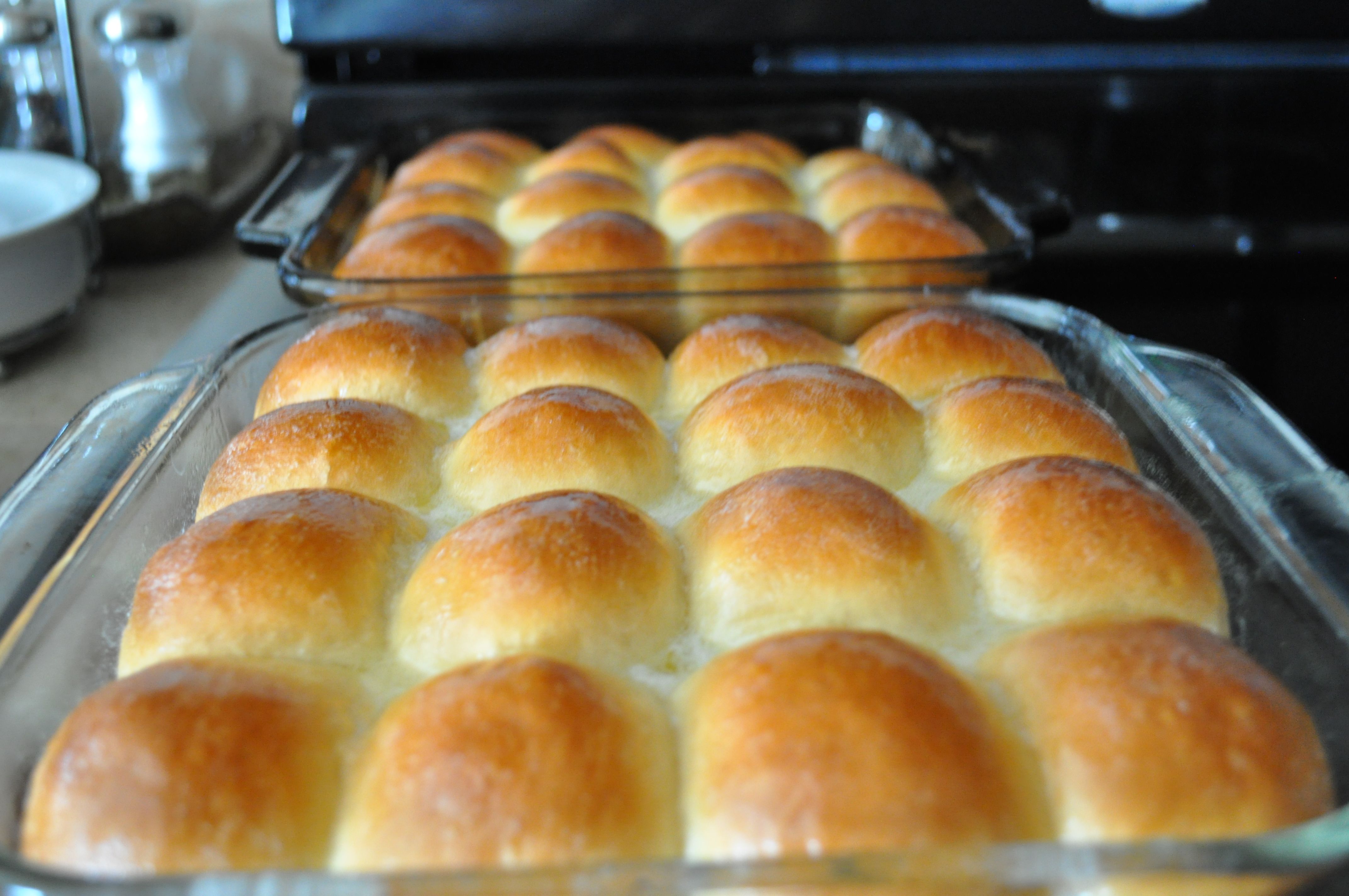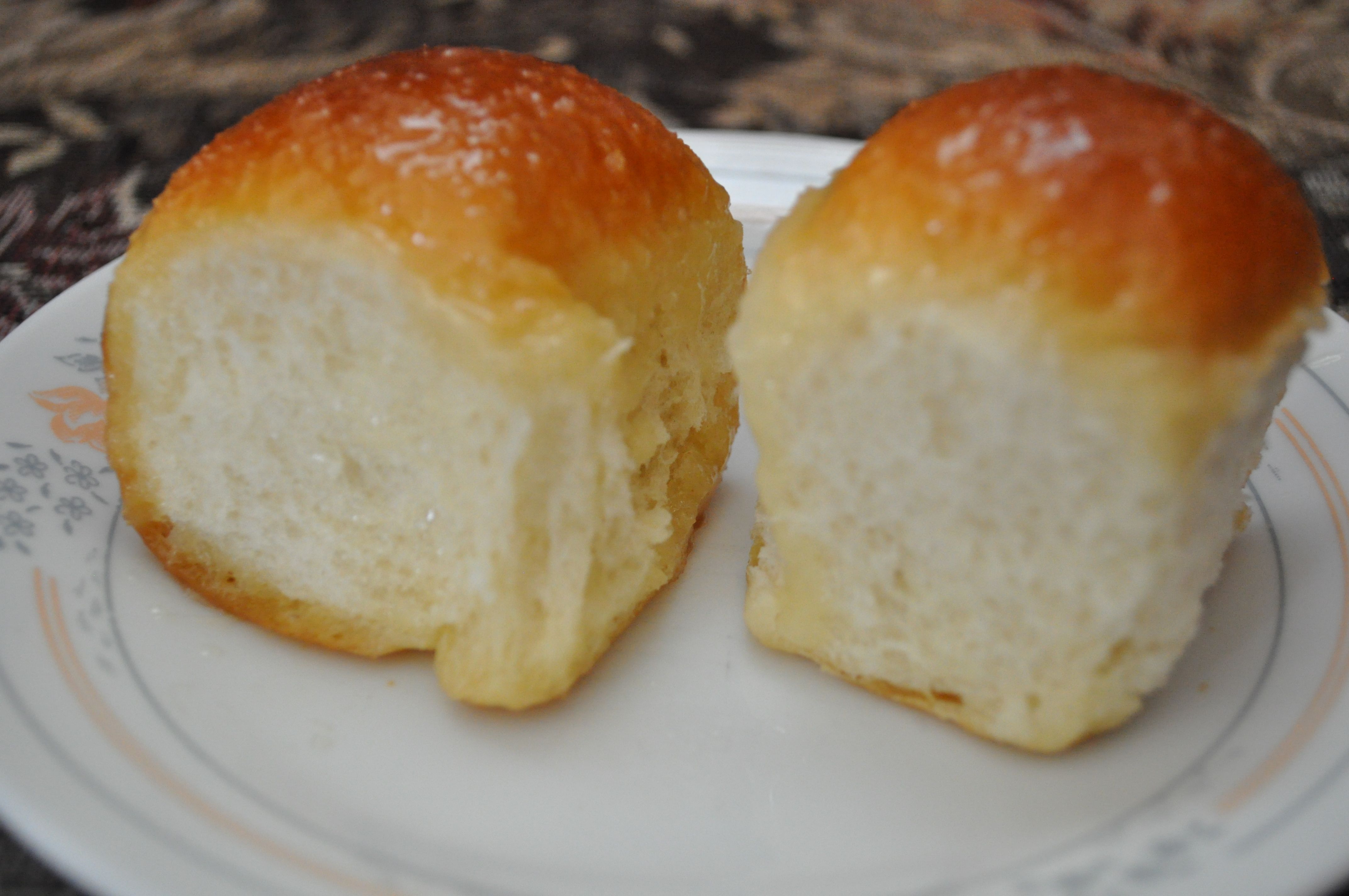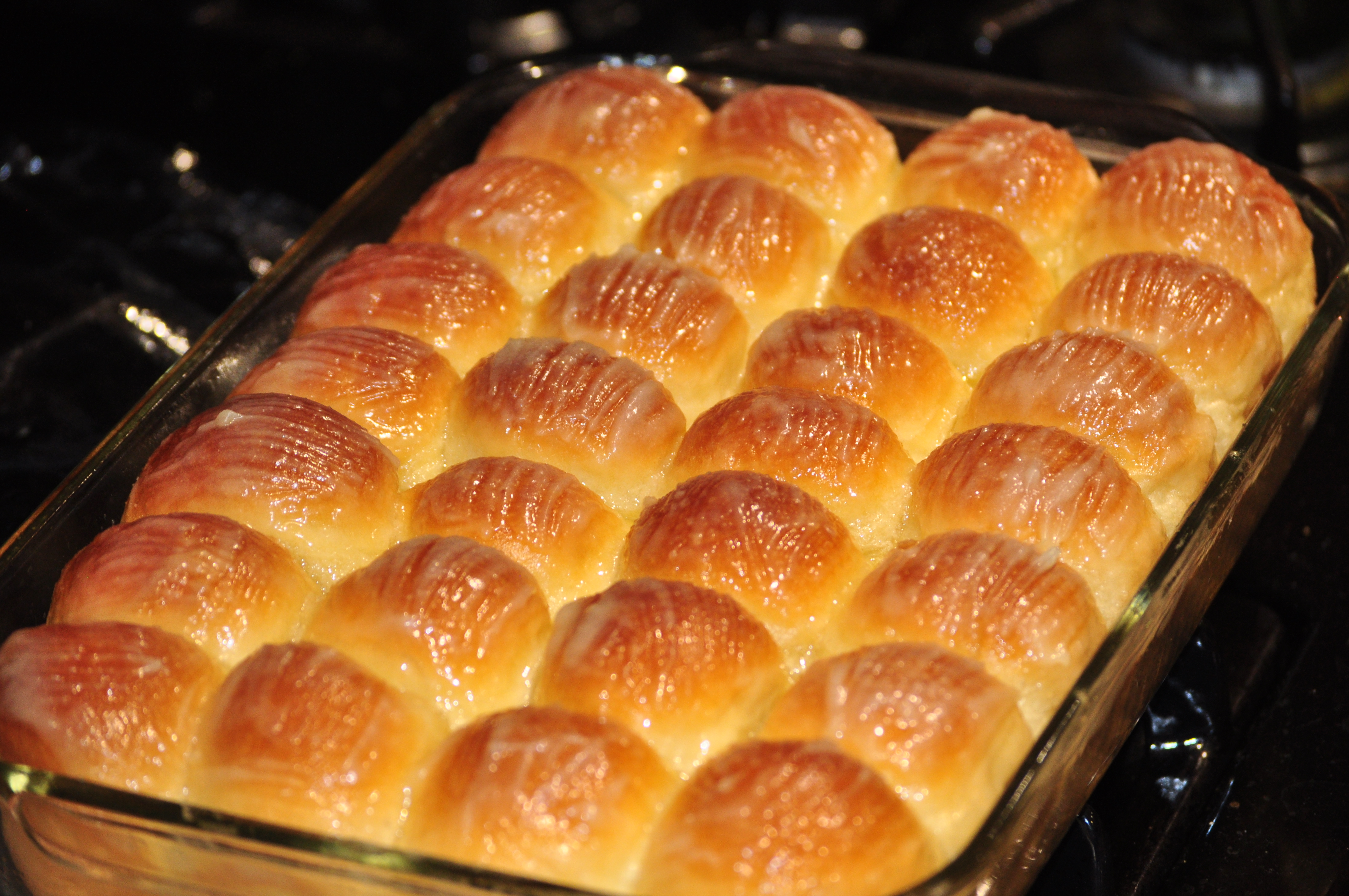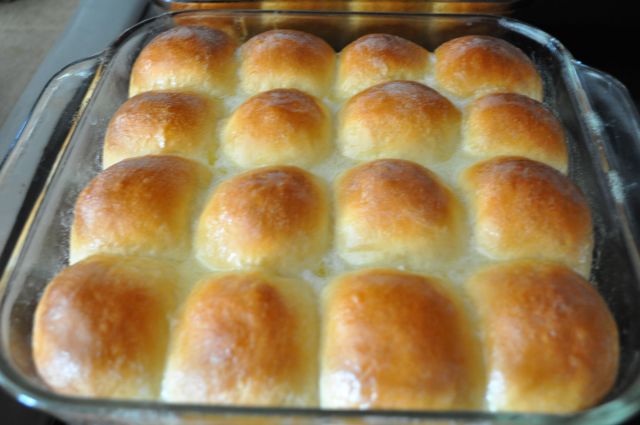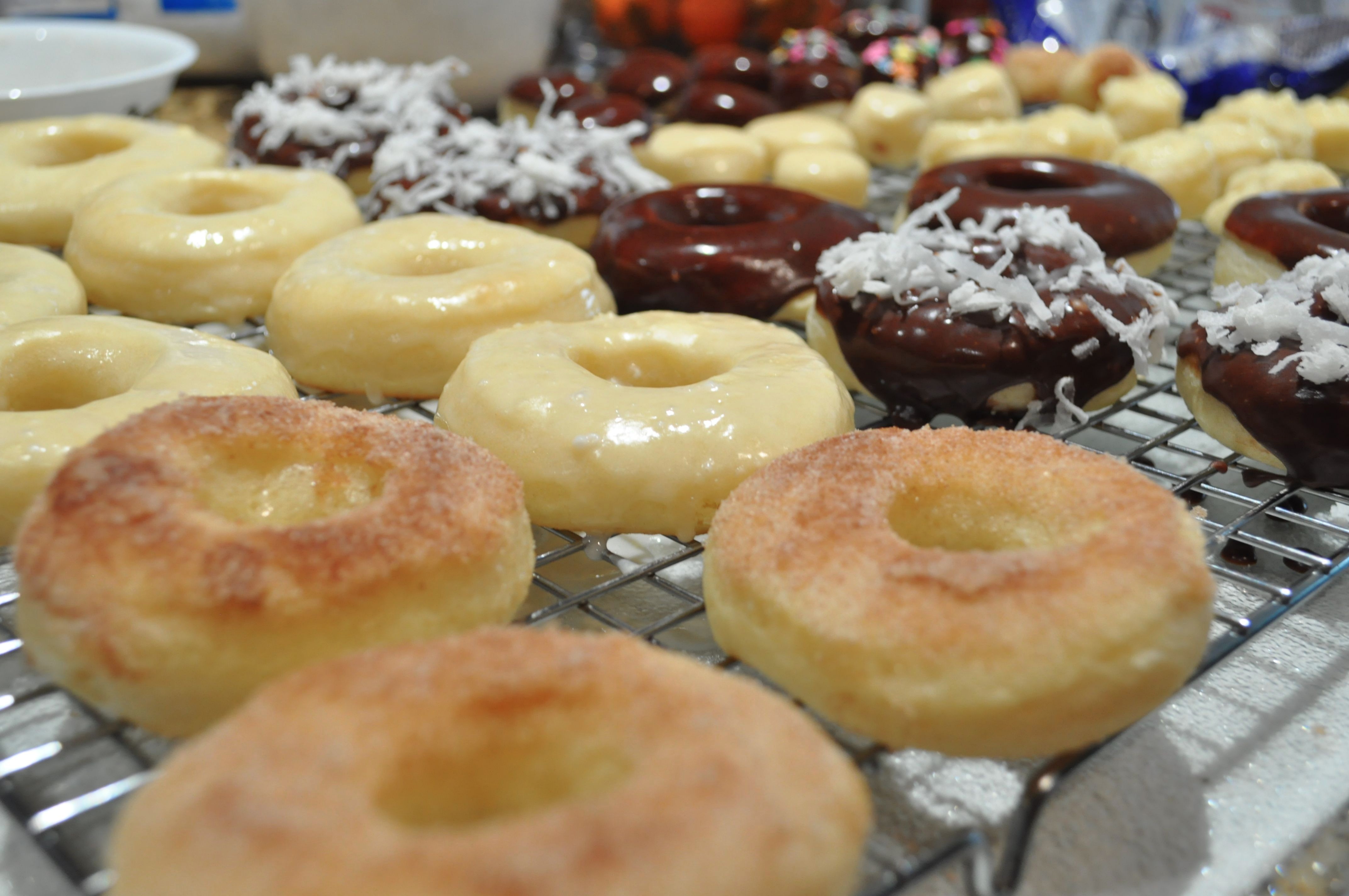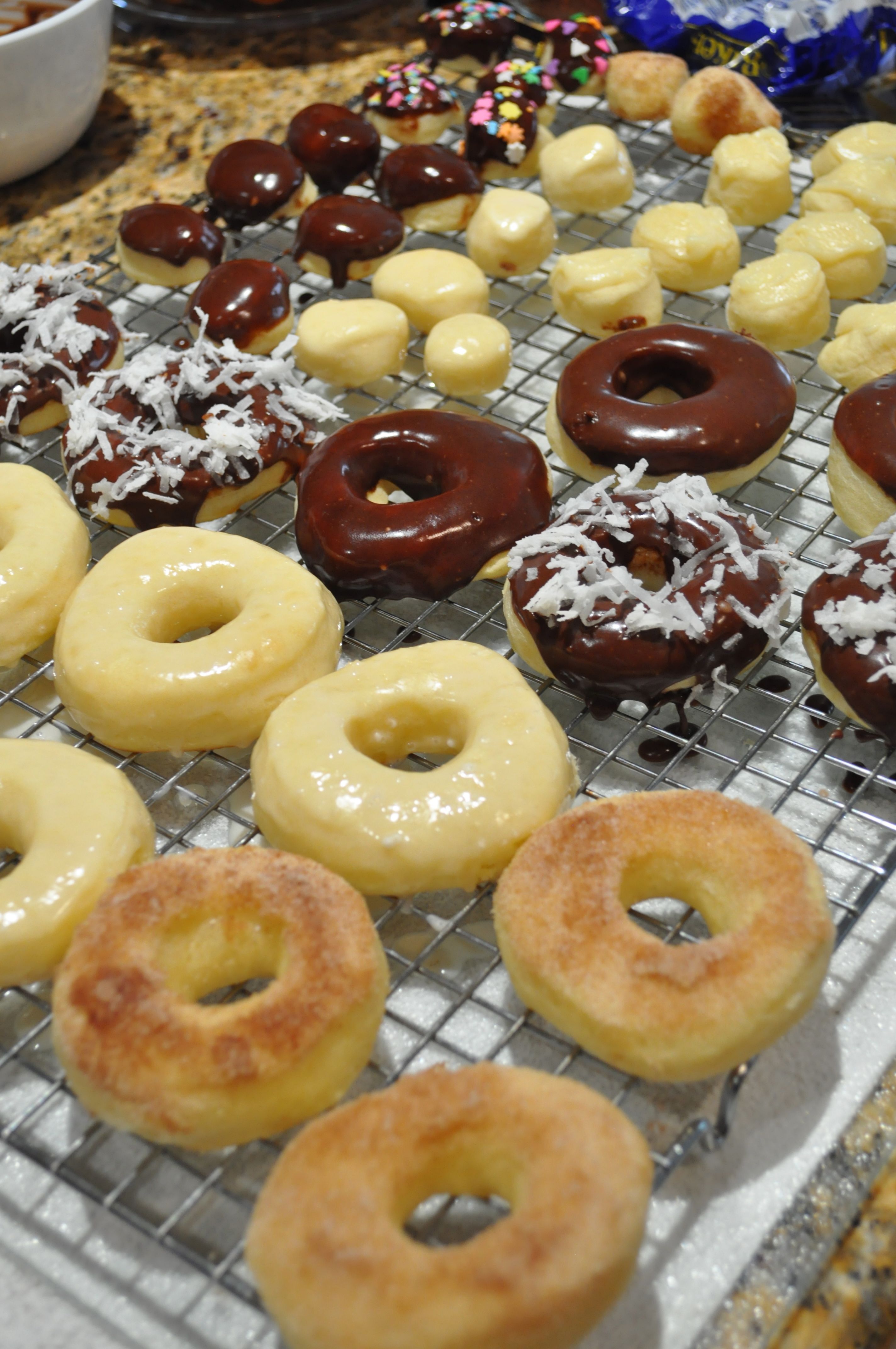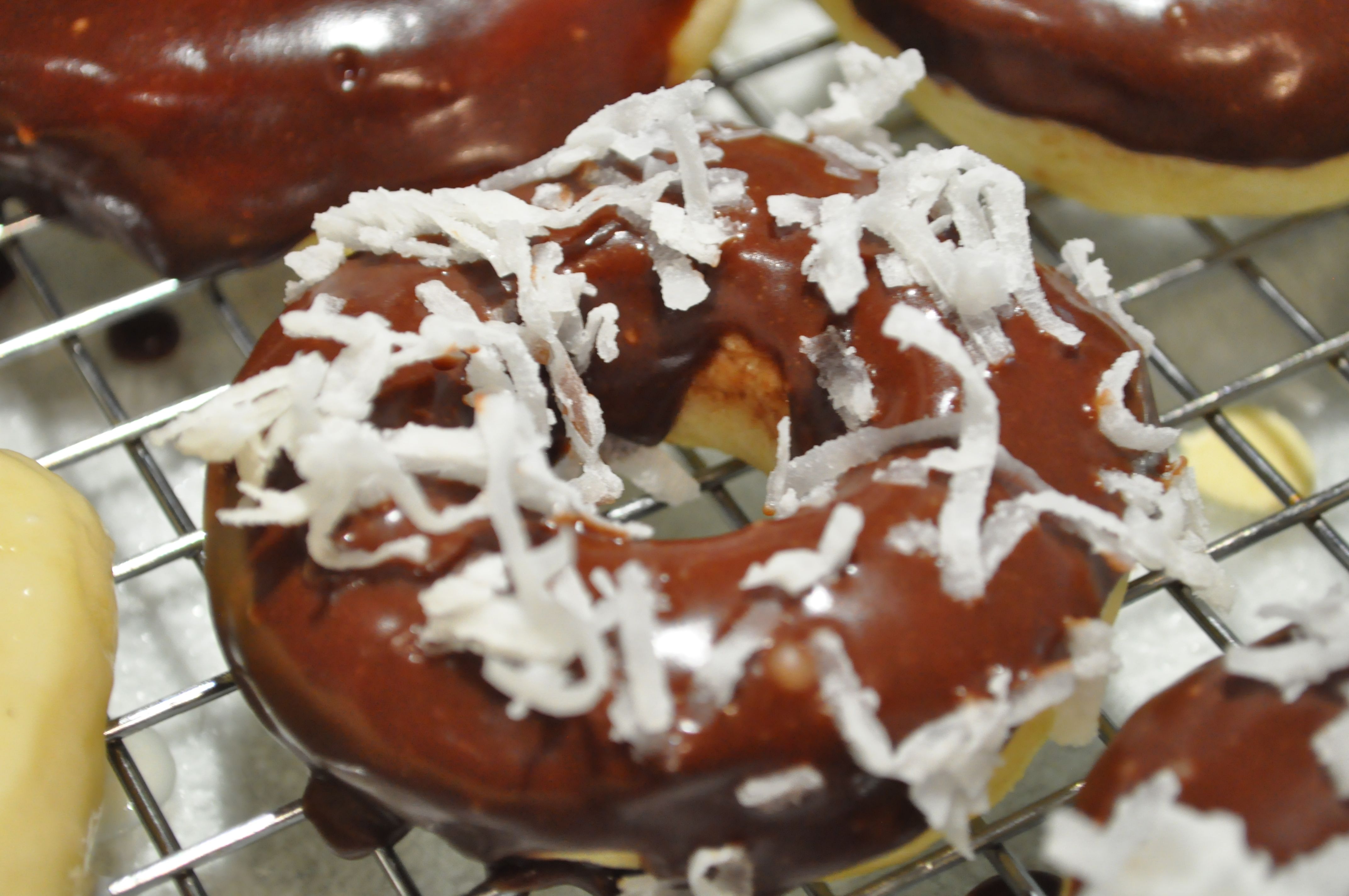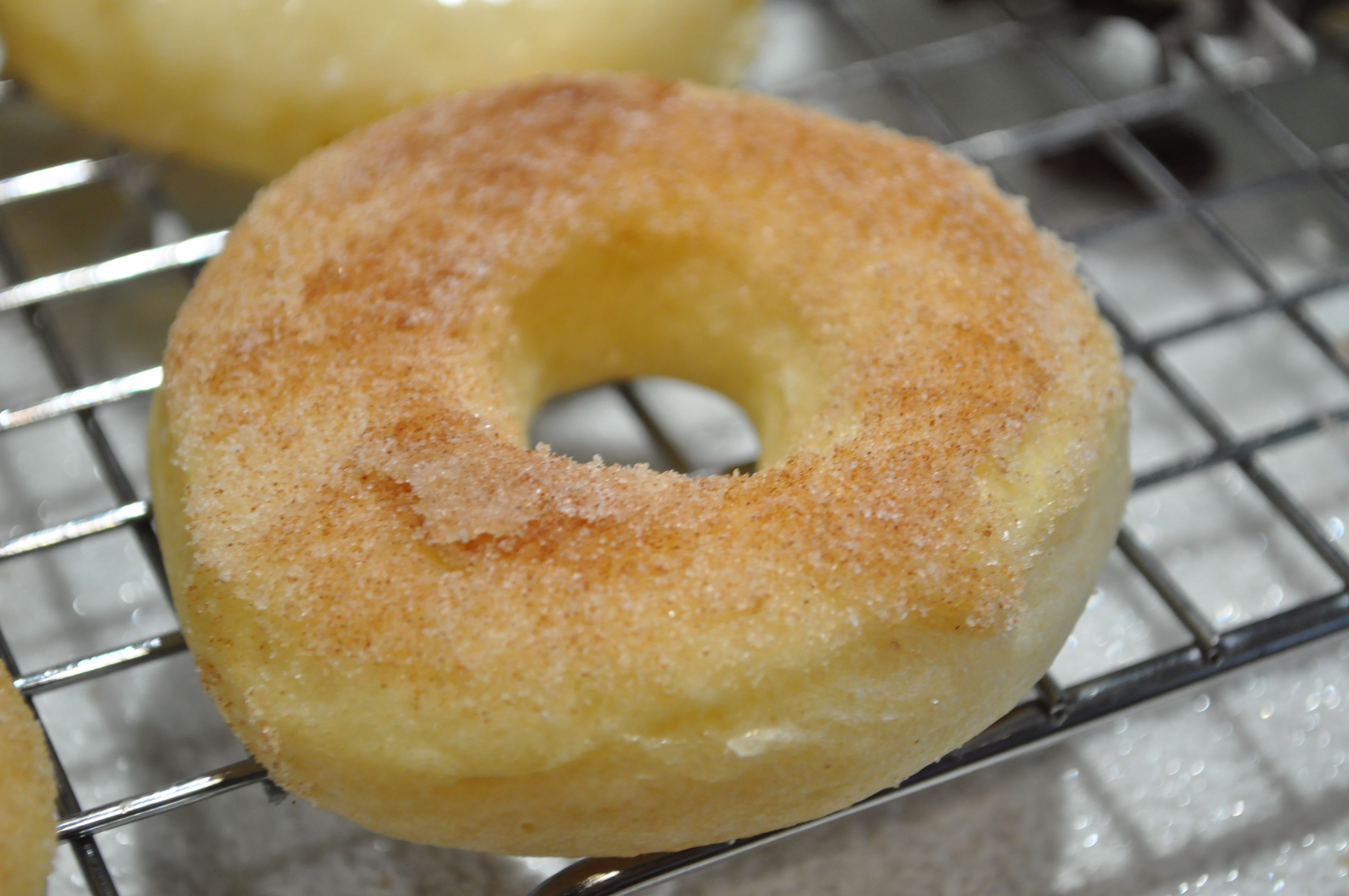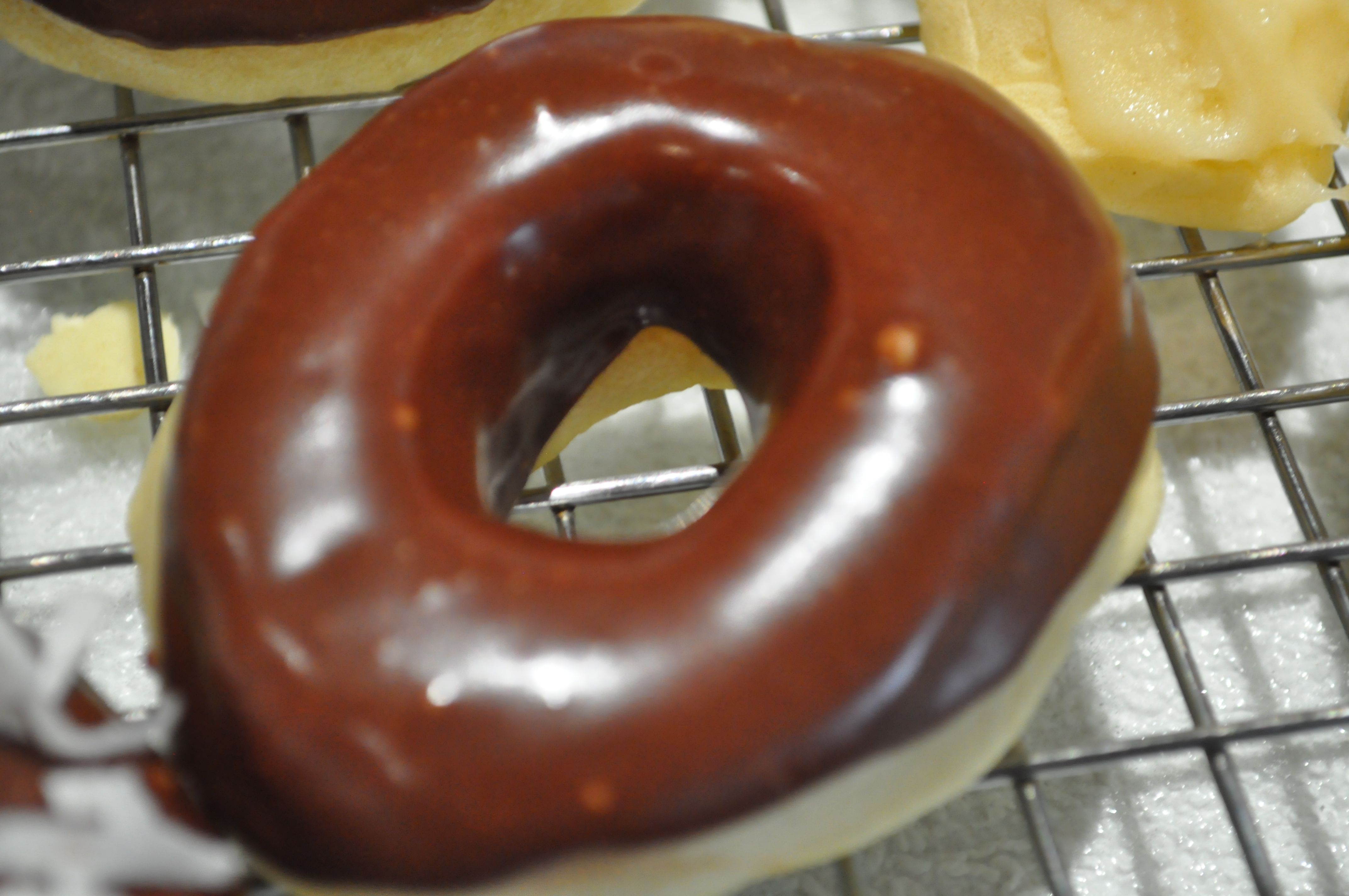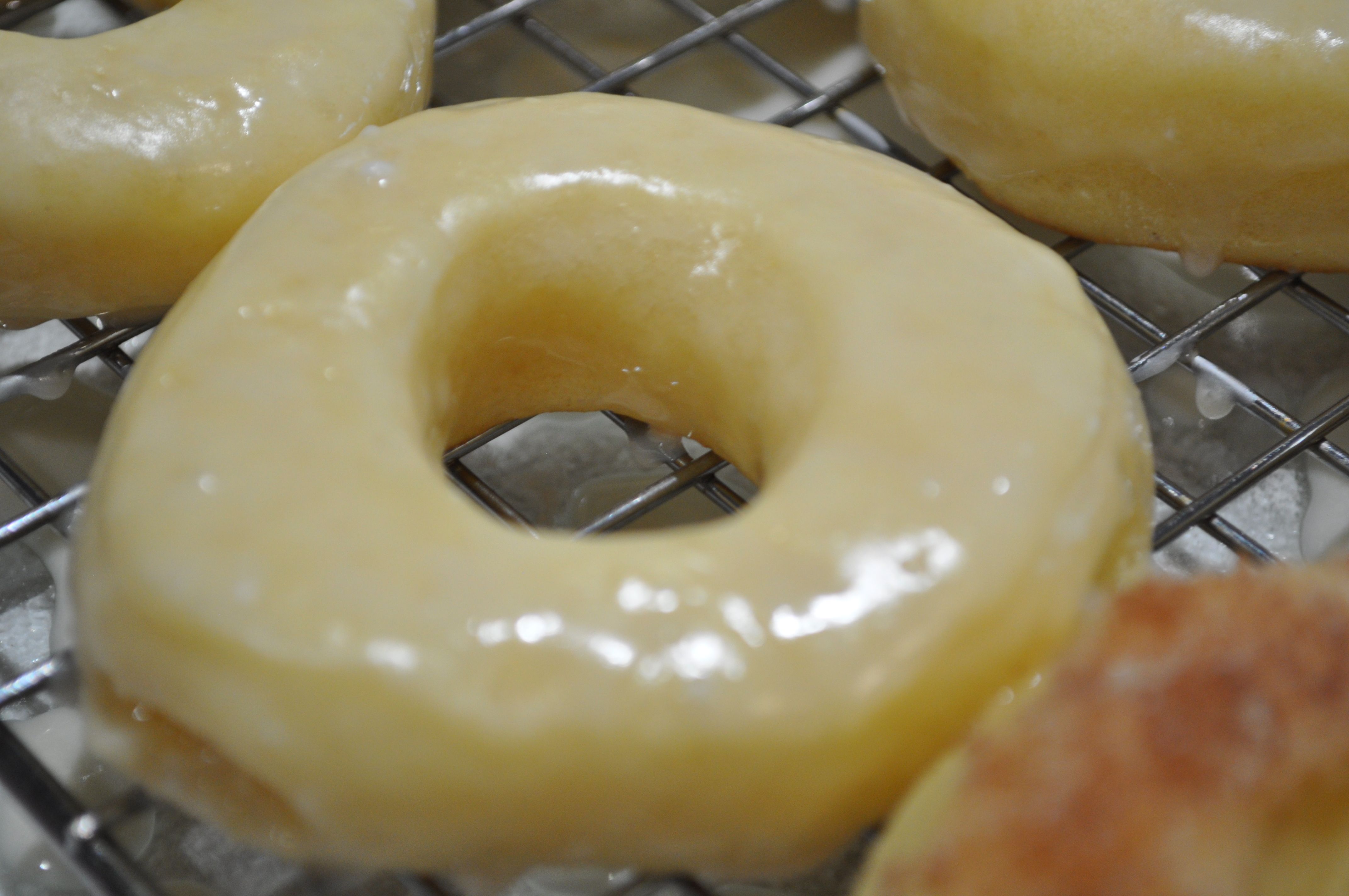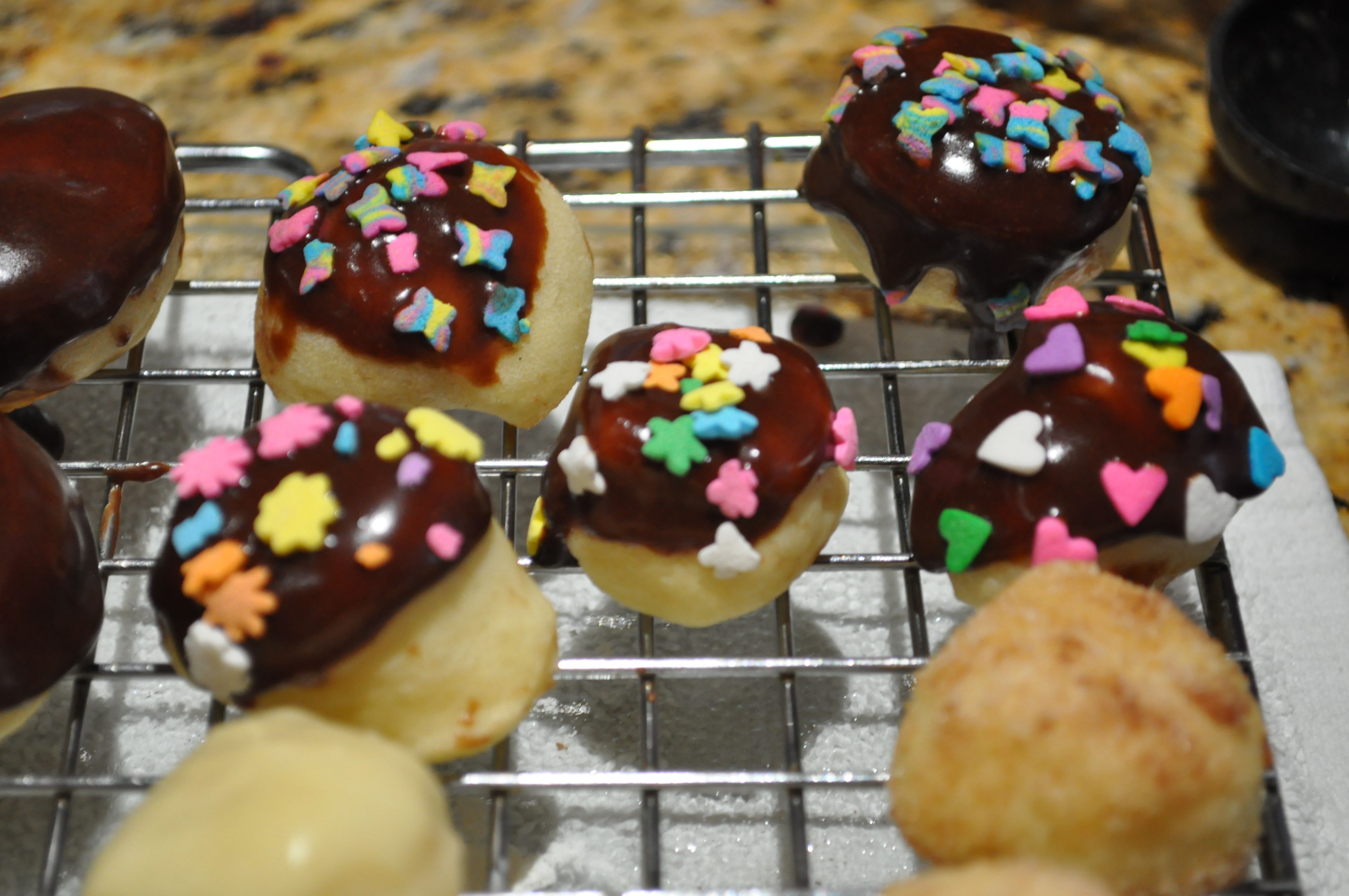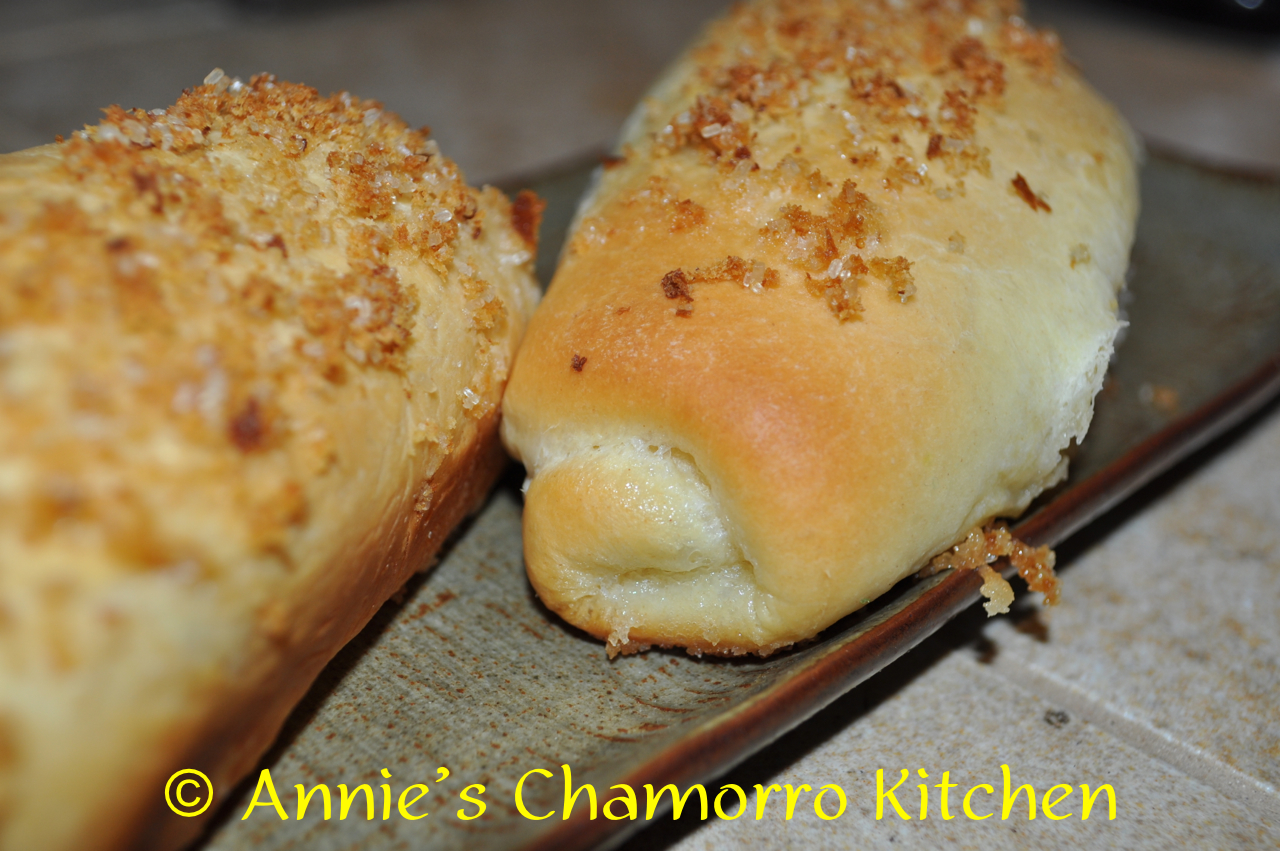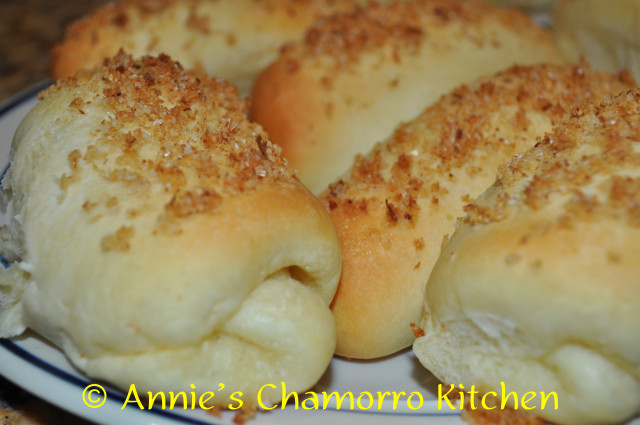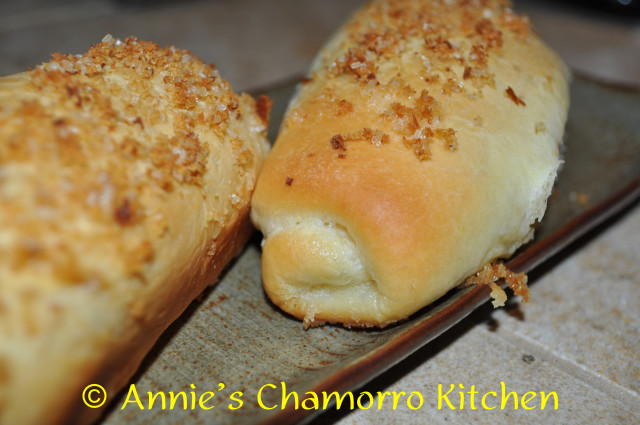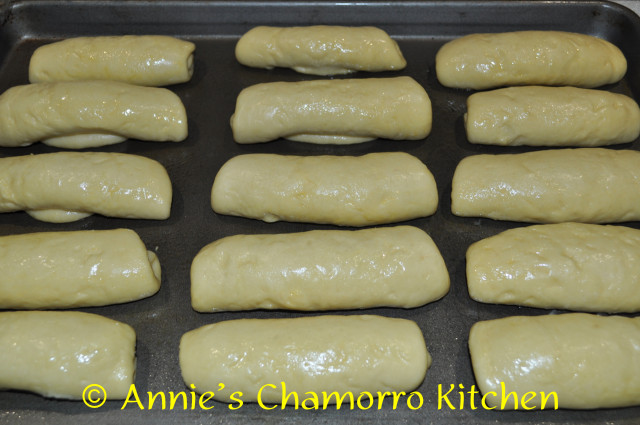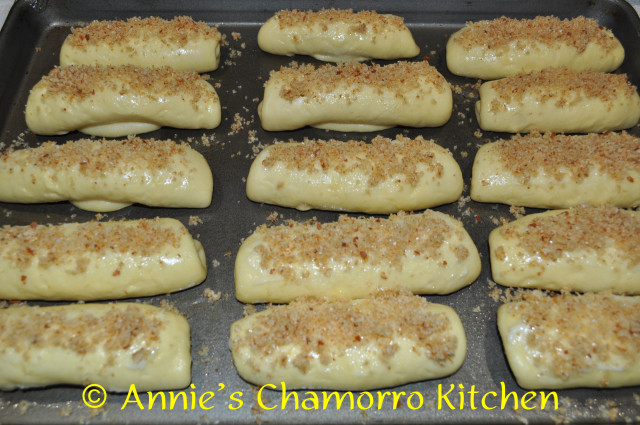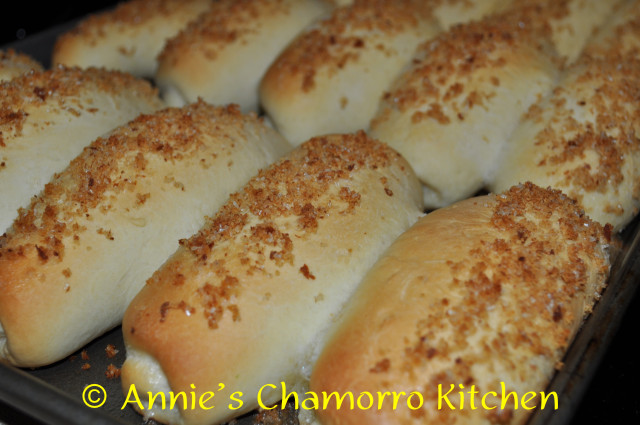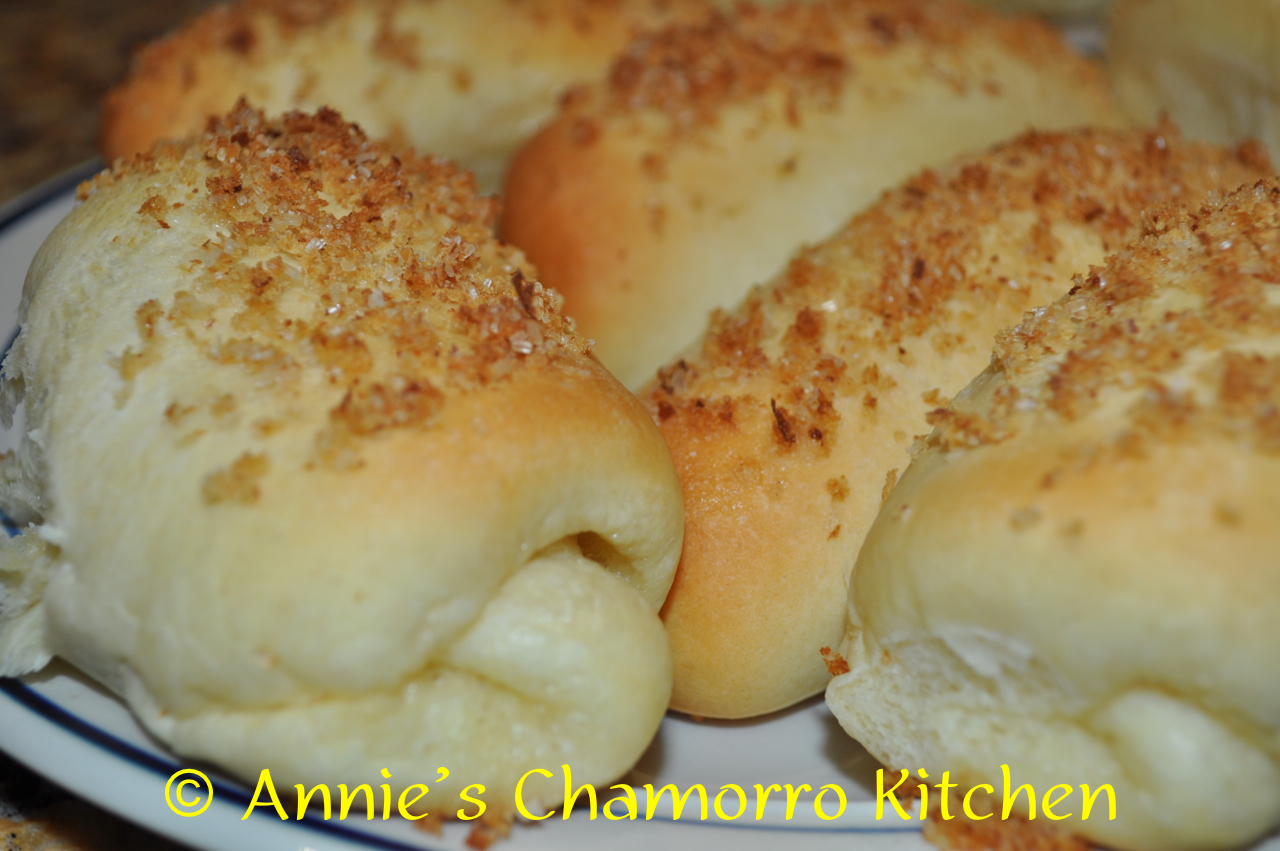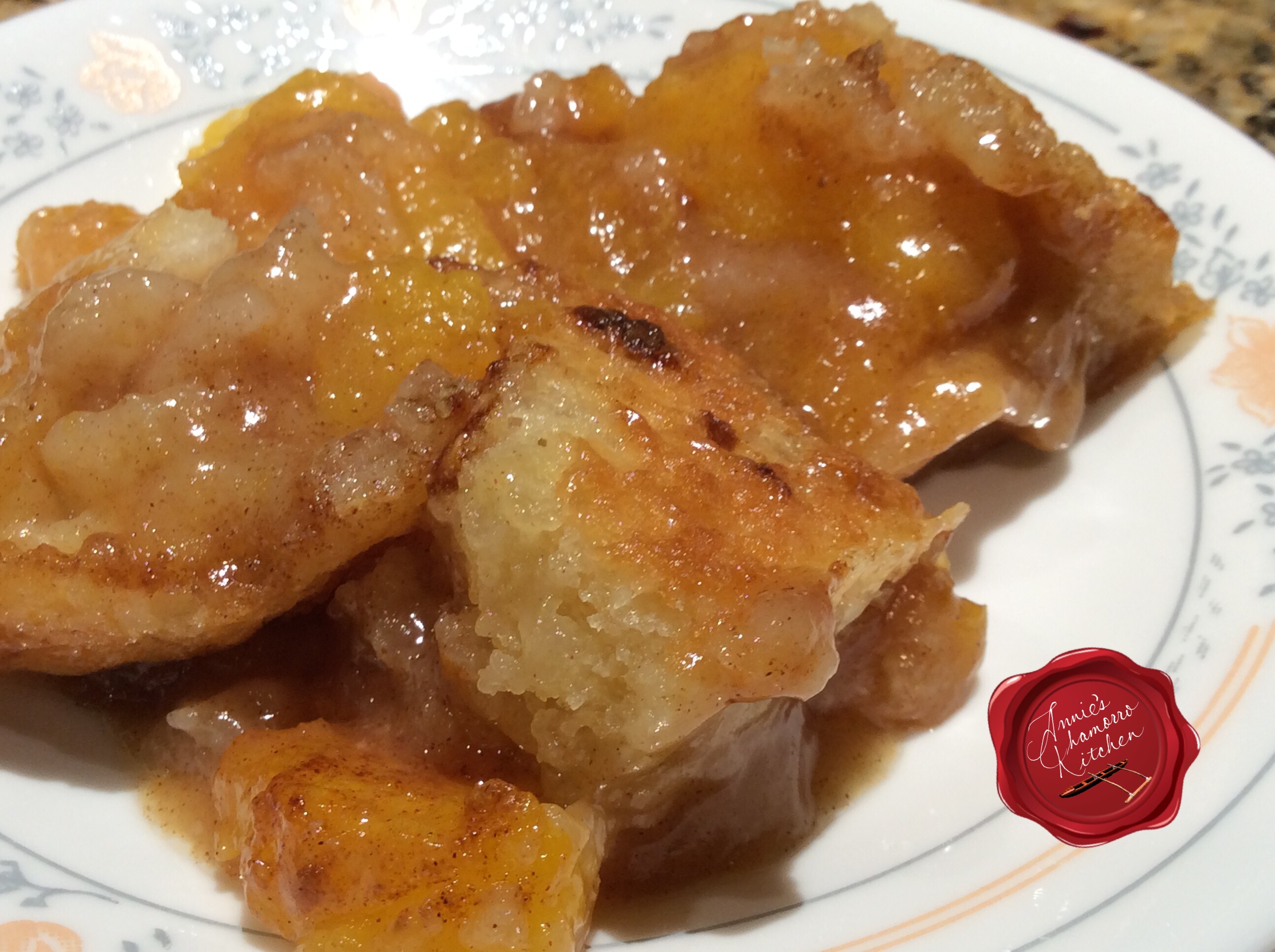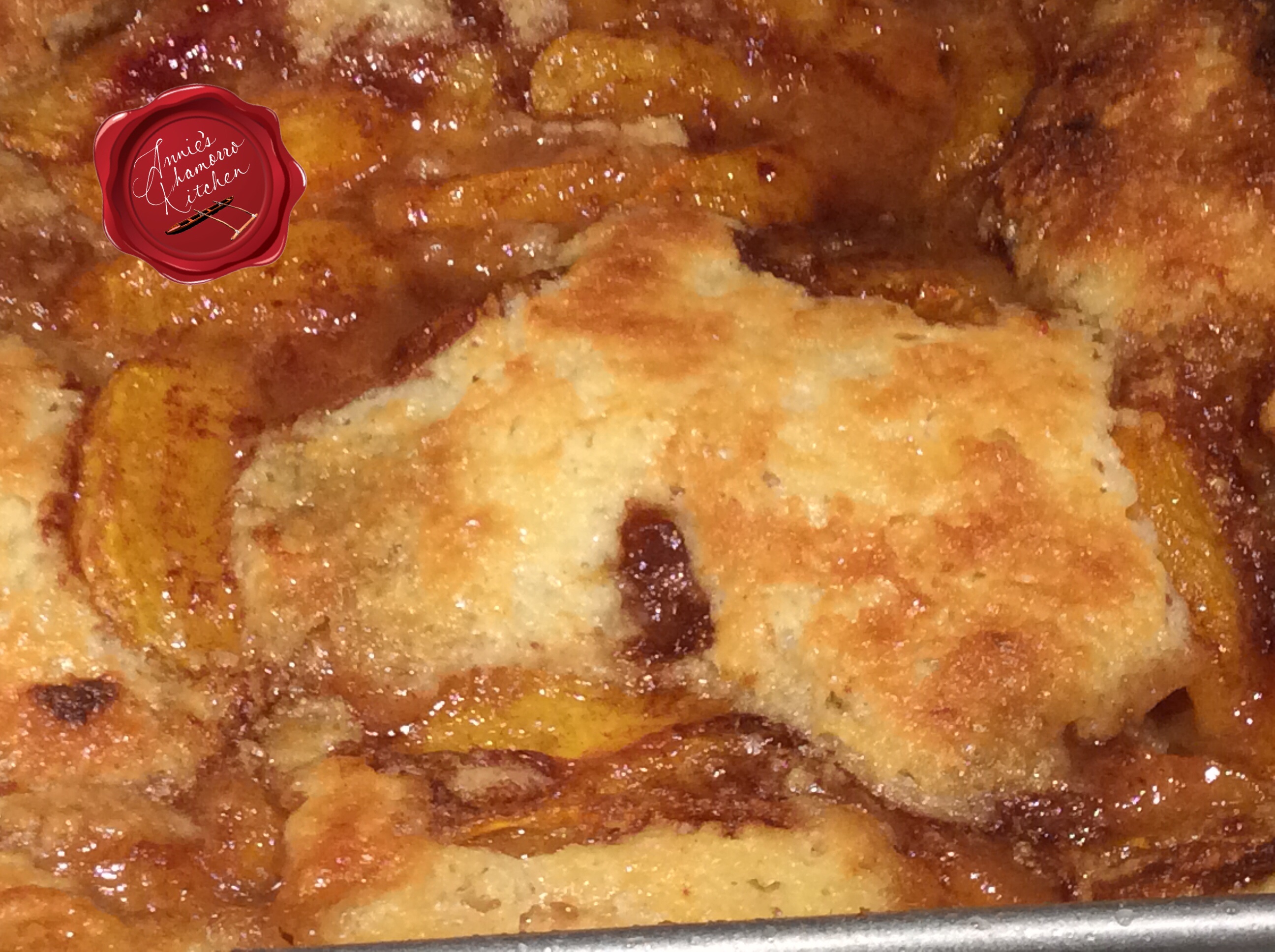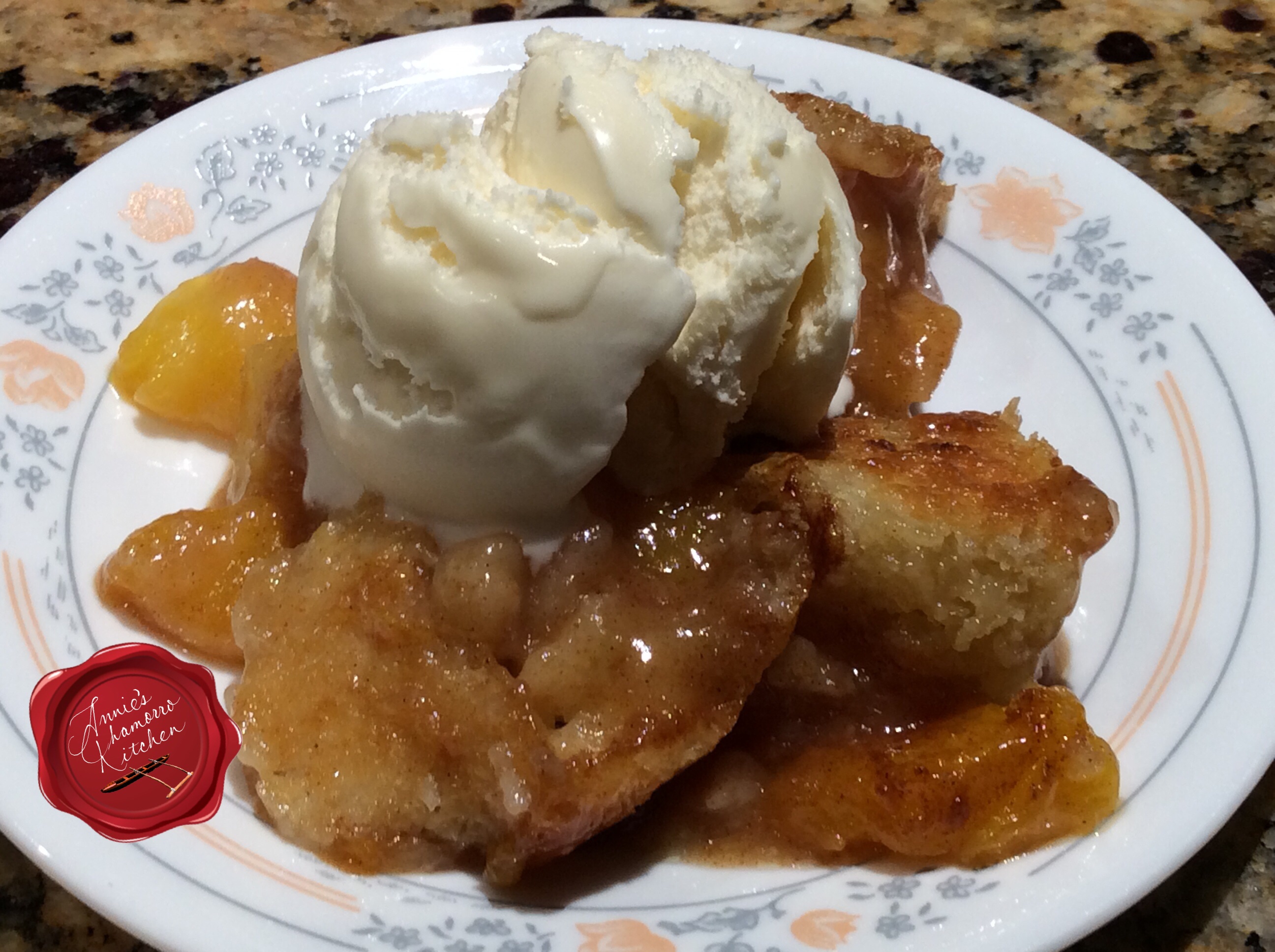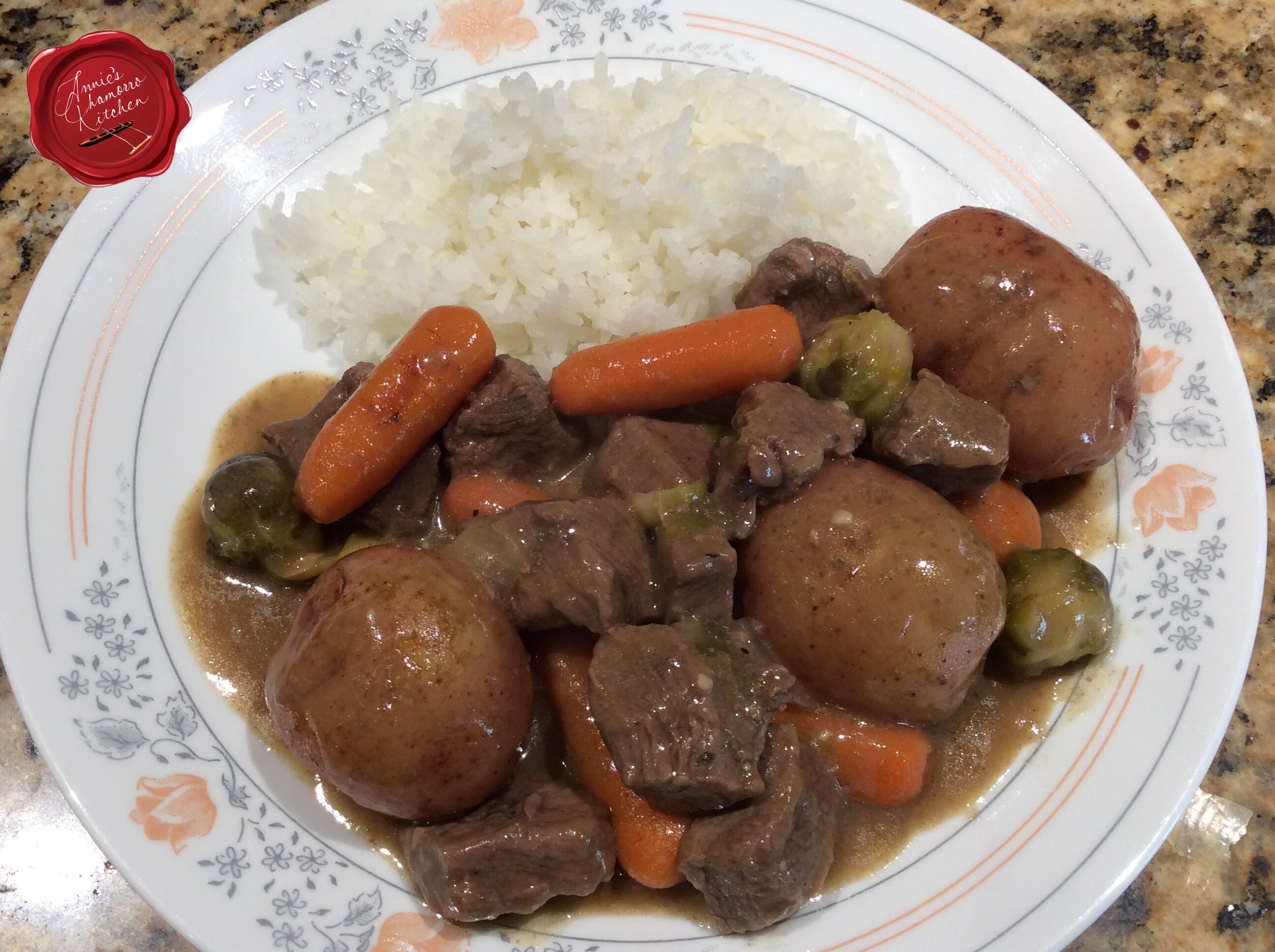
Beef stew is a comfort dish that everyone should know how to make. That and chicken soup — both are recipes you should have in your cooking repertoire. It’s not that difficult to put a beef stew together — you just brown some meat and throw in some vegetables, right? Wrong.
While not difficult to make, the order in which you cook your stew, and the seasonings and flavorings you add make the difference between a “WOW” and an “EHH” stew.
The first layer of flavor comes from browning good quality beef. I like using a top sirloin, but any good lean beef (a bit of marbling is okay) will do. Don’t just throw the meat into the pot and crank up the heat. Think of this as building a masterpiece. Right from the get-go, you’re building up the flavorful dimensions in this classic comfort dish.
Add the meat to the pot, along with some aromatics…in this case, garlic, freshly ground black pepper, salt, ground thyme and butter. Give the mixture a stir then let the meat and aromatics cook for 5 minutes over high heat. The browning of the meat also adds great depth of flavor, which is what you want. Do not add the liquid right away or you’ll have boiled meat soup instead of a rich and hearty stew.
After the meat is nice and brown, and you’ve begun to build you base flavor, it’s time to add the liquids. A good beef stew uses some sort of wine. I recommend using a good quality red wine, burgundy if you have any. Don’t use the “cooking wine” you find in the salad dressing section of your grocery store. A good rule of thumb for cooking with wine is to use wine you like to drink out of a glass. Mix together some water, wine, and my secret ingredient (shhhh…don’t tell anyone), orange juice. See the flavor combinations going on here? I like adding orange juice to cut back on the strong flavor of the wine (my kids don’t like too much wine in my cooking). Add the wine mixture to the pot.
Now it’s time to create even more layers of flavor that will deepen with prolonged simmering. Turn your heat down to low, place a lid on the pot, and go away for two hours. Read a book. Catch up on your favorite television shows. Walk the dog. Do something but do not uncover that pot. Let the meat, liquid, and aromatics simmer happily, undisturbed. In two hours, the meat will get nice and tender.
Right about the two hour mark, make the roux. This butter-flour mixture works to thicken the broth and add a richness because of the butter. Butta is betta. ‘Nuff said.
Melt some butter in a small sauce pan then add a few spoonfuls of flour. Cook over medium-low heat, stirring constantly until the mixture begins to turn a golden brown. Pour in some of the broth from the pot — about 1 to 2 cups will suffice — whisking constantly to prevent lumps from forming. If the mixture seems too thick, add more broth until you get a relatively creamy mixture (the photo below, on the right, needs more broth). Add the roux to the pot, stirring to dissolve the roux into the broth. Add the additional beef broth.
Add your vegetables to the pot. All at once. Go ahead. Don’t be skurred. Well, I take that back. Add the root vegetables first (potatoes, carrots) and let them cook for a few minutes before adding any other vegetables that cook quickly, like onions and in my recipe below, brussels sprouts.
Turn the heat back up to high and cook for about 10 more minutes, or until the potatoes and carrots can be pierced easily with a fork. I like using petite red potatoes because they are small enough that I just have to wash them then throw them into the pot. You can cut them in half if you want to cut down on the cooking time, but after two hours of simmering, what’s another five minutes of cooking?
Stir occasionally; the broth should be a nicely thickened gravy by now with the addition of the roux. Taste the gravy; add salt and pepper to taste. I like adding Dashida beef flavored seasoning instead of salt.
Serve with hot steamed white rice. If you’re like me, you’ll need to drown your rice in some of the delicious gravy.
ENJOY!
- 3½ pounds top sirloin, cut into 1-inch cubes
- 3 tablespoons butter
- 1 tablespoon chopped garlic
- ½ teaspoon ground thyme
- ½ teaspoon freshly ground black pepper
- 1 teaspoon salt
- 2 cups water
- 1 cup orange juice
- 1 cup red wine (I recommend a burgundy)
- 1 pound baby carrots
- 1 bag (10-oz.) frozen brussel sprouts
- 12 whole petite red potatoes
- 1 medium onion, diced large
- 2 cups beef broth
- 4 tablespoons Dashida (or add salt, to taste)
- 3 tablespoons butter
- 6 tablespoons flour
- 1½ cups broth (use the broth from the stew)
- Place the meat, butter, chopped garlic, ground thyme, black pepper and salt into a large pot. Cook over high heat until the meat browns, about 5 minutes.
- Add the water, orange juice, and wine; reduce the heat to low and simmer for 2 hours.
- After 2 hours, prepare the roux. In a small saucepan, melt the butter and add the flour. Stir constantly while cooking over medium heat until the mixture begins to brown. Whisk in the broth from the pot of stew. Turn the heat off; whisk the roux into the remaining broth in the pot.
- Add the beef broth; stir.
- Add the carrots, potatoes and onion. Let this cook for a few minutes then add the brussels sprouts.
- Return the heat to high and cook for 10 minutes or until the potatoes are easily pierced with a fork.
- Taste the gravy and add salt and pepper to taste, or add Dashida.
